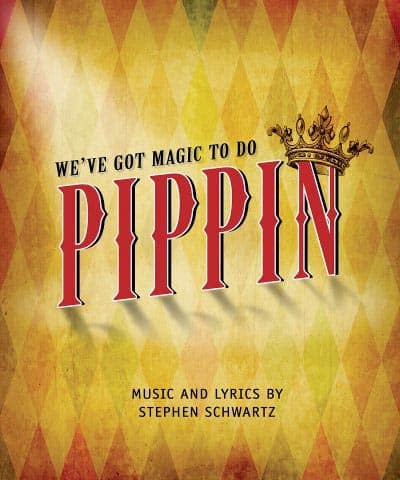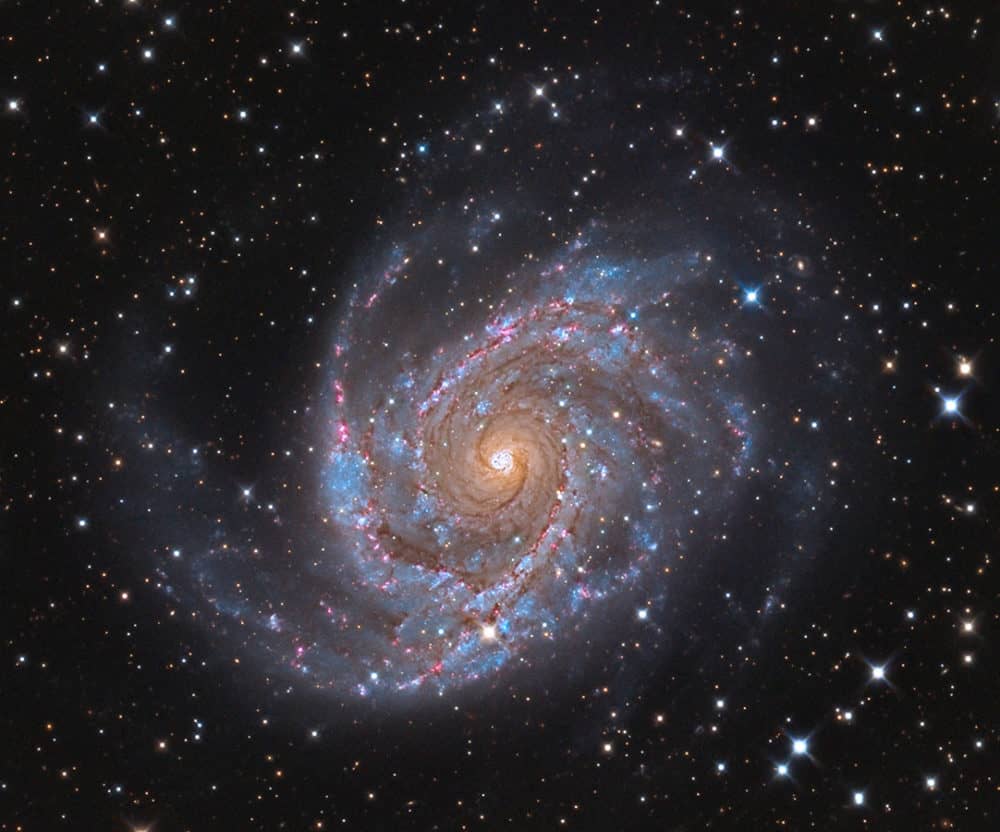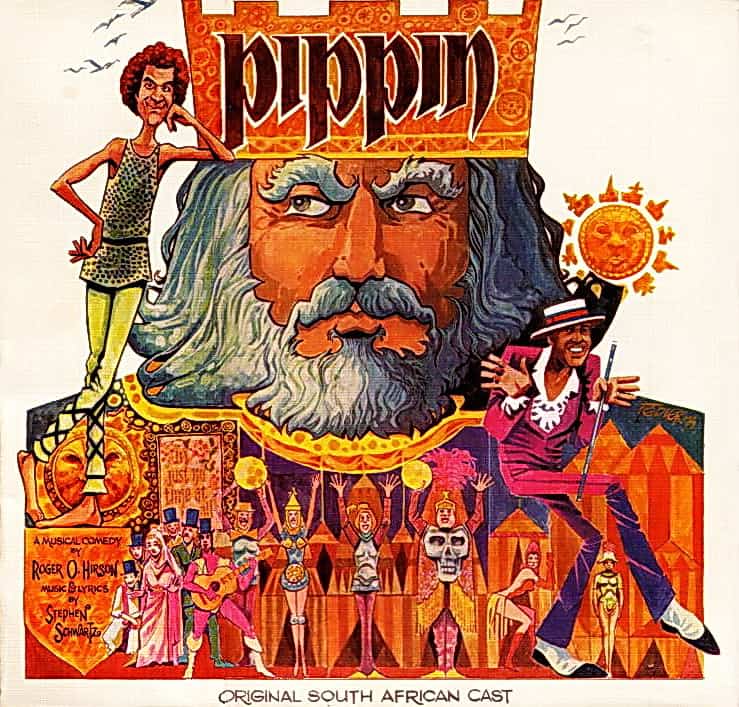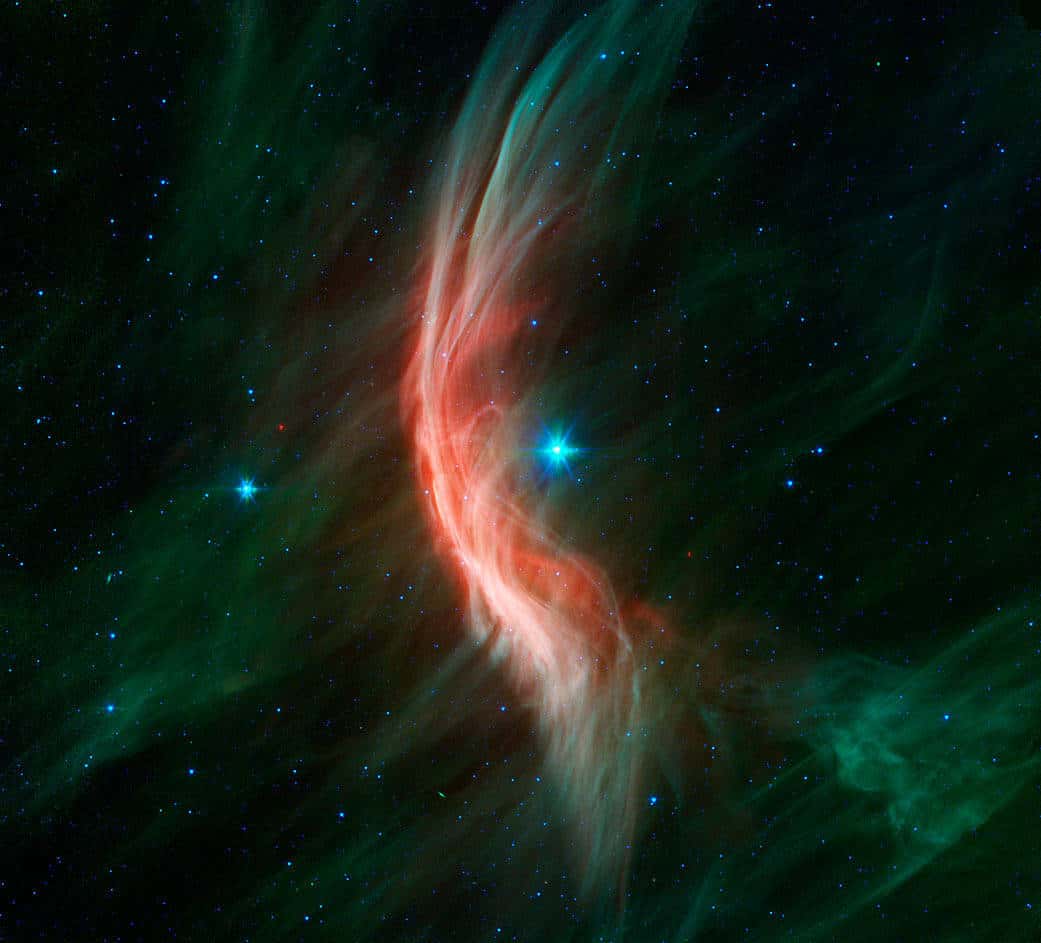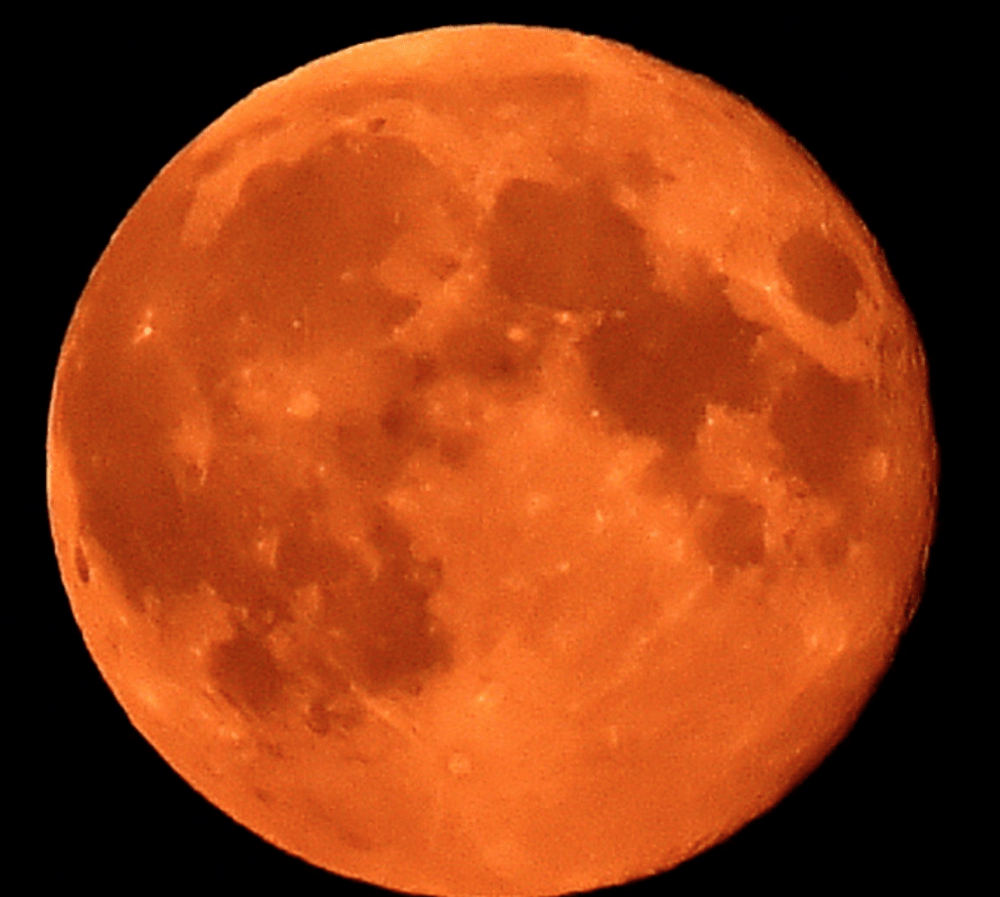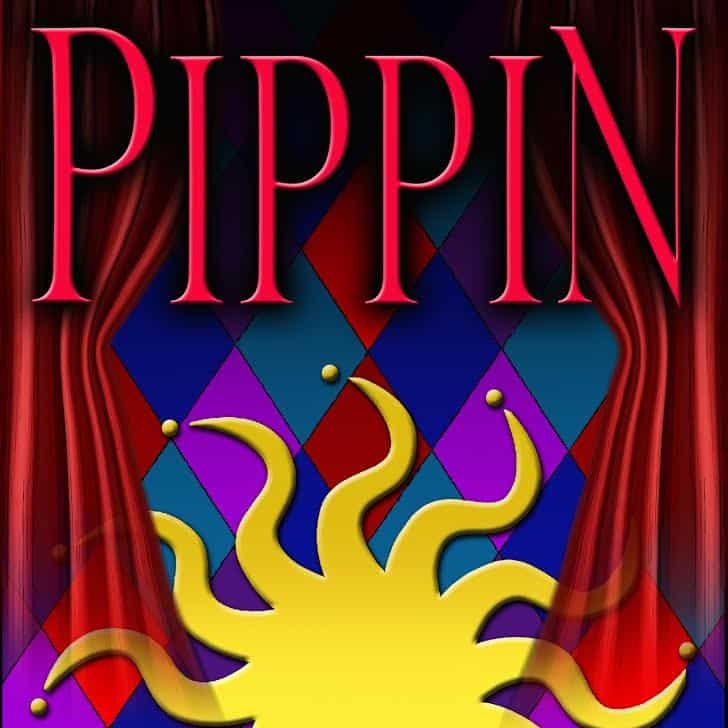Blog
Charlie Lee Byrd (September 16, 1925 – December 2, 1999) was an American jazz guitarist. Byrd was best known for his association with Brazilian music, especially bossa nova. In 1962, he collaborated with Stan Getz on the album Jazz Samba, a recording which brought bossa nova into the mainstream of North American music. Byrd played fingerstyle on a classical guitar.
Charlie Byrd was born in Suffolk, Virginia, in 1925 and grew up in the borough of Chuckatuck. His father, a mandolinist and guitarist, taught him how to play the acoustic steel guitar at age 10. Byrd had three brothers, Oscar, Jack, and Gene “Joe” Byrd, who was a bass player. In 1942 Byrd entered the Virginia Polytechnic Institute and played in the school orchestra. In 1943 he was drafted into the United States Army for World War II, saw combat, then was stationed in Paris in 1945 where he played in an Army Special Services band and toured occupied Europe in the all-soldier production G.I. Carmen.
After the war, Byrd returned to the United States and went to New York City, where he studied composition and jazz theory at the Harnett National Music School in Manhattan, New York City. During this time he began playing a classical guitar. After moving to Washington, D.C. in 1950, he studied classical guitar with Sophocles Papas for several years. In 1954 he became a pupil of the Spanish classical guitarist Andrés Segovia and spent time studying in Italy with Segovia.
Byrd’s earliest and greatest influence was the gypsy guitarist Django Reinhardt, whom he saw perform in Paris. In 1957 Byrd met double bassist Keter Betts in a Washington, D.C., club called the Vineyard. The two began doing gigs together, and by October they were frequently performing at a club called the Showboat. In 1959 the pair joined Woody Herman‘s band and toured Europe for three weeks as part of a State Department-sponsored goodwill tour. The other members of the band were Vince Guaraldi, Bill Harris, Nat Adderley and drummer Jimmy Campbell. Byrd led his own groups that sometimes featured his brother Joe. Byrd was also active as a teacher in the late 1950s; he trained guitar students at his home in Washington, D.C., each required to audition before he agreed to be their teacher.
more...Giuseppe “Joe” Venuti (September 16, 1903 – August 14, 1978 Philadelphia, PA) was an Italian-American jazz musician and pioneer jazz violinist.
Considered the father of jazz violin he pioneered the use of string instruments in jazz along with the guitarist Eddie Lang, a friend since childhood. Through the 1920s and early 1930s, Venuti and Lang made many recordings, as leader and as featured soloists. He and Lang became so well known for their ‘hot’ violin and guitar solos that on many commercial dance recordings they were hired to do 12- or 24-bar duos towards the end of otherwise stock dance arrangements. In 1926, Venuti and Lang started recording for the OKeh label as a duet (after a solitary duet issued on Columbia), followed by “Blue Four” combinations, which are considered milestone jazz recordings. Venuti also recorded commercial dance records for OKeh under the name “New Yorkers”.
He worked with Benny Goodman, Adrian Rollini, the Dorsey Brothers, Bing Crosby, Bix Beiderbecke, Jack Teagarden, Frank Signorelli, the Boswell Sisters, and most of the other important white jazz and semi-jazz figures of the late 1920s and early 1930s. However, following Lang’s death in 1933, Venuti’s career began to wane, though he continued performing through the 1930s, recording a series of commercial dance records (usually containing a Venuti violin solo) for the dime store labels, OKeh and Columbia, as well as the occasional jazz small group sessions. He was also a strong early influence on western swing players like Cecil Brower. Many of the 1920s OKeh sides continued to sell and remained in print through 1935 when ARC discontinued the OKeh label and reissued selected sides on the 35-cent Vocalion label (the OKeh label was revived by CBS in 1940).
After a period of relative obscurity in the 1940s and 1950s, Venuti played violin and other instruments with Jack Statham at the Desert Inn Hotel in Las Vegas. Statham headed several musical groups that played at the Desert Inn from late 1961 until 1965, including a Dixieland combo. Venuti was with him during that time, and was active with the Las Vegas Symphony Orchestra during the 1960s. He was ‘rediscovered’ in the late 1960s. In the 1970s, he established a musical relationship with tenor saxophonist Zoot Sims that resulted in three recordings. In 1976, he recorded an album of duets with pianist Earl Hines entitled Hot Sonatas. He also recorded an entire album with country-jazz musicians including mandolinist Jethro Burns (of Homer & Jethro), pedal steel guitarist Curly Chalker and former Bob Wills sideman and guitarist Eldon Shamblin. Venuti died in Seattle, Washington.
more...Pippin the Musical third performance today at the Mixed Blood Theater in Minneapolis presented by Theater 55. Sunday matinee September 15th @ 2pm Running thru September 29th 2019 12 shows. Natalia Peterson on piano, Jamie Carter on guitar and mick laBriola percussion chair.
more...NGC 2997 is a face-on unbarred spiral galaxy about 25 million light-years away in the constellation Antlia. It is the brightest galaxy of the NGC 2997 group of galaxies.
NGC 2997 is particularly notable for a nucleus surrounded by a chain of hot giant clouds of ionized hydrogen. It is featured on the cover of the first edition of Galactic Dynamics by James Binney and Scott Tremaine.
more...Julian Edwin “Cannonball” Adderley (September 15, 1928 – August 8, 1975) was an American jazz alto saxophonist of the hard bop era of the 1950s and 1960s.
Adderley is remembered for his 1966 soul jazz single “Mercy, Mercy, Mercy“, a crossover hit on the pop charts (it was also covered by the Buckinghams). He worked with trumpeter Miles Davis, on his own 1958 Somethin’ Else album, and on the seminal Davis records Milestones (1958) and Kind of Blue (1959). He was the older brother of jazz trumpeter Nat Adderley, a longtime member of his band.Originally from Tampa, Florida, Adderley moved to New York in 1955. His nickname derived from “cannibal,” a title imposed on him by high school colleagues as a tribute to his voracious appetite. Cannonball moved to Tallahassee, when his parents obtained teaching positions at Florida A&M University. Both Cannonball and brother Nat played with Ray Charles when Charles lived in Tallahassee during the early 1940s. Adderley moved to Broward County, Florida, in 1948 after finishing his music studies at Florida A&M and became the band director at Dillard High School in Fort Lauderdale, a position which he held until 1950. Cannonball was a local legend in Southeast Florida until he moved to New York City in 1955.
One of his known addresses in New York was in the neighborhood of Corona, Queens. He left Florida originally to seek graduate studies at New York conservatories, but one night in 1955 he brought his saxophone with him to the Café Bohemia. Asked to sit in with Oscar Pettiford in place of his band’s regular saxophonist, who was late for the gig. The “buzz” on the New York jazz scene after Adderley’s performance announced him as the heir to the mantle of Charlie Parker.
Adderley formed his own group with his brother Nat after signing onto the Savoy jazz label in 1957. He was noticed by Miles Davis, and it was because of his blues-rooted alto saxophone that Davis asked him to play with his group. He joined the Davis band in October 1957, three months prior to the return of John Coltrane to the group. Some of Davis’s finest trumpet work can be found on Adderley’s first solo album Somethin’ Else (also featuring Art Blakey and Hank Jones), which was recorded shortly after the two giants met. Adderley then played on the seminal Davis records Milestones and Kind of Blue. This period also overlapped with pianist Bill Evans‘ time with the sextet, an association that led to recording Portrait of Cannonball and Know What I Mean?
more...Roger “Ram” Ramirez (September 15, 1913 – 11 January 1994) was an American jazz pianist and composer. He was a co-writer of the song “Lover Man (Oh, Where Can You Be?)” Ramirez was born in San Juan, Puerto Rico on September 15, 1913. He grew up in New York and started playing the piano at a young age. Ramirez’s first professional performances were in the early 1930s. In 1933 he played with Monette Moore, then with Rex Stewart and Sid Catlett in New York. He joined Willie Bryant in 1935, and toured Europe with Bobby Martin in 1937. During the first half of the 1940s Ramirez played with Ella Fitzgerald, Frankie Newton, Charlie Barnet, John Kirby, and Catlett, in addition to leading his own band.
Ramirez wrote “Lover Man (Oh, Where Can You Be?)” in 1942, which became a jazz standard following Billie Holiday‘s recording of it two years later. He was a freelance into the mid-1950s, when he added electronic organ to his instruments. In 1953 he was in one of Duke Ellington’s small groups, as a substitute.
Ramirez again toured Europe in 1968, this time with T-Bone Walker.
https://www.youtube.com/watch?v=tN0buFGBoxo
more...ARC Music announced today that Egyptian percussionist and composer Hossam Ramzy passed away on Tuesday, September 10th September 2019. He was 65. Hossam was undergoing treatment for a heart condition in Brazil, though the condition was very advanced.
Known as Egypt’s Ambassador of Rhythm, Hossam succeeded in injecting Egyptian rhythms into multiple projects. Hossam Ramzy worked with Jimmy Page & Robert Plant (Led Zeppelin), Shakira, Ricky Martin and A.R. Rahman, appeared on recordings by Peter Gabriel and Jay-Z, and composed music for numerous films.
https://www.youtube.com/watch?v=5NdbODkGq6c
more...Pippin the Musical second performance tonight at the Mixed Blood Theater in Minneapolis presented by Theater 55. Saturday September 14th @ 730pm Running thru September 29th 2019. 12 shows. Natalia Peterson on piano, Jamie Carter on guitar and mick laBriola percussion chair.
more...Zeta Ophiuchi (ζ Oph, ζ Ophiuchi) is a star located in the constellation of Ophiuchus. It has an apparent visual magnitude of 2.57, making it the third-brightest star in the constellation. Parallax measurements give an estimated distance of roughly 366 light-years (112 parsecs) from the Earth. ζ Ophiuchi is an enormous star with more than 19 times the Sun’s mass and eight times its radius. The stellar classification of this star is O9.5 V, with the luminosity class of V indicating that it is generating energy in its core by the nuclear fusion of hydrogen. This energy is being emitted from the outer envelope at an effective temperature of 34,000K, giving the star the blue hue of an O-type star. It is rotating rapidly and may be close to the velocity at which it would begin to break up. The projected rotational velocity may be as high as 400 km s−1 and it may be rotating at a rate of once per day.
This is a young star with an age of only three million years. Its luminosity is varying in a periodic manner similar to a Beta Cephei variable. This periodicity has a dozen or more frequencies ranging between 1–10 cycles per day. In 1979, examination of the spectrum of this star found “moving bumps” in its helium line profiles. This feature has since been found in other stars, which have come to be called ζ Oph stars. These spectral properties are likely the result of non-radial pulsations.
This star is roughly halfway through the initial phase of its stellar evolution and will, within the next few million years, expand into a red supergiant star wider than the orbit of Jupiter before ending its life in a supernova explosion leaving behind a neutron star or pulsar. From the Earth, a significant fraction of the light from this star is absorbed by interstellar dust, particularly at the blue end of the spectrum. In fact, were it not for this dust, ζ Ophiuchi would shine several times brighter and be among the very brightest stars visible.
more...Joseph Jarman (September 14, 1937 – January 9, 2019)[1] was an American jazz musician, composer, and Shinshu Buddhist priest. He was one of the first members of the Association for the Advancement of Creative Musicians and a member of the Art Ensemble of Chicago. Jarman grew up in Chicago, Illinois. At DuSable High School he studied drums with Walter Dyett, switching to saxophone and clarinet when he joined the United States Army after graduation. During his time there, he was part of the 11th Airborne Division Band for a year.
After he was discharged from the army in 1958, Jarman attended Wilson Junior College, where he met bassist Malachi Favors Maghostut and saxophonists Roscoe Mitchell, Henry Threadgill, and Anthony Braxton. These men would often perform long jam sessions at the suggestion of their professor Richard Wang (now with Illinois University). Mitchell introduced Jarman to pianist Muhal Richard Abrams, and Jarman, Mitchell, and Maghostut joined Abrams’ Experimental Band, a private, non-performing ensemble, when that group was founded in 1961. The same group of musicians continued to play together in a variety of configurations, and went on to found the Association for the Advancement of Creative Musicians (AACM) in 1965, along with Fred Anderson and Phil Cohran.
more...Israel López Valdés (September 14, 1918 – March 22, 2008), better known as Cachao (/kəˈtʃaʊ/ kə-CHOW), was a Cuban double bassist and composer. Cachao is widely known as the co-creator of the mambo and a master of the descarga (improvised jam sessions). Throughout his career he also performed and recorded in a variety of music styles ranging from classical music to salsa. An exile in the United States since the 1960s, he only achieved international fame following a career revival in the 1990s.
Born into a family of musicians in Havana, Cachao and his older brother Orestes were the driving force behind one of Cuba’s most prolific charangas, Arcaño y sus Maravillas. As members of the Maravillas, Cachao and Orestes pioneered a new form of ballroom music derived from the danzón, the danzón-mambo, which subsequently developed into an international genre, mambo. In the 1950s, Cachao became famous for popularizing improvised jam sessions known as descargas. He emigrated to Spain in 1961, and moved to the United States in 1963, starting a career as a session and live musician for a variety of bands in New York during the rise of boogaloo, and later, salsa.
In the 1970s, Cachao fell into obscurity after moving to Las Vegas and later Miami, releasing albums sporadically as a leader. In the 1990s, he was re-discovered by actor Andy García, who brought him back to the forefront of the Latin music scene with the release of a documentary and several albums. Before his death in 2008, Cachao had earned a star on the Hollywood Walk of Fame and several Grammy Awards. He is ranked number 24 on Bass Player magazine’s list of “The 100 Greatest Bass Players of All Time”.
more...Giorgos Papasideris (Greek: Γιώργος Παπασιδέρης 14 September 1902 – 8 October 1977) was a Greek singer, composer, and lyricist of Arvanite origin. He was born on Salamis Island. After leaving elementary school, he spent his entire career working professionally in the field of traditional Greek folk music and Arvanite folk music, producing many popular recordings. He died of a heart attack in 1977 on Salamis Island. In a district of Salamis City, named Alonia in the birthplace of Papasideris, there is a bust in memory of him.
more...Harvest Full Moon on Friday the 13th tonight September 13th 2019.
The full moon will occur near apogee, which is the most distant point in the moon’s orbit. The last time this happened was in 1832, and it won’t happen again for 505 years.
https://solarsystem.nasa.gov/news/1057/september-2019-the-next-full-moon-is-the-harvest-moon/
more...
Pippin the Musical opens tonight at the Mixed Blood Theater in Minneapolis presented by Theater 55. Friday the 13th (oh no) September 13th 2019 @ 730pm Running thru September 29th 2019 12 shows.
mick will be joining musicians Natalia Peterson on piano and Jamie Carter on guitar comprising our mini orchestra.
more...
The Poor Fellow-Soldiers of Christ and of the Temple of Solomon (Latin: Pauperes commilitones Christi Templique Salomonici), also known as the Order of Solomon’s Temple, the Knights Templar or simply the Templars, were a Catholic military order recognised in 1139 by the papal bull Omne datum optimum. The order was founded in 1119 and was active until 1312 when it was perpetually suppressed by Pope Clement V by the bull Vox in excelso.
The Templars became a favoured charity throughout Christendom and grew rapidly in membership and power. They were prominent in Christian finance. Templar knights, in their distinctive white mantles with a red cross, were among the most skilled fighting units of the Crusades. Non-combatant members of the order, who formed as much as 90% of the order’s members, managed a large economic infrastructure throughout Christendom, developing innovative financial techniques that were an early form of banking, building its own network of nearly 1,000 commanderies and fortifications across Europe and the Holy Land, and arguably forming the world’s first multinational corporation.
The Templars were closely tied to the Crusades; when the Holy Land was lost, support for the order faded. Rumours about the Templars’ secret initiation ceremony created distrust, and King Philip IV of France – deeply in debt to the order – took advantage of this distrust to destroy them and erase his debt. In 1307, he had many of the order’s members in France arrested, tortured into giving false confessions, and burned at the stake. Pope Clement V disbanded the order in 1312 under pressure from King Philip. The abrupt reduction in power of a significant group in European society gave rise to speculation, legend, and legacy through the ages.
At dawn on Friday, 13 October 1307 (a date sometimes linked with the origin of the Friday the 13th superstition) King Philip IV ordered de Molay and scores of other French Templars to be simultaneously arrested. The arrest warrant started with the phrase: “Dieu n’est pas content, nous avons des ennemis de la foi dans le Royaume” [“God is not pleased. We have enemies of the faith in the kingdom”]. Claims were made that during Templar admissions ceremonies, recruits were forced to spit on the Cross, deny Christ, and engage in indecent kissing; brethren were also accused of worshipping idols, and the order was said to have encouraged homosexual practices. The Templars were charged with numerous other offences such as financial corruption, fraud, and secrecy. Many of the accused confessed to these charges under torture (even though the Templars denied being tortured in their written confessions), and their confessions, even though obtained under duress, caused a scandal in Paris. The prisoners were coerced to confess that they had spat on the Cross: “Moi, Raymond de La Fère, 21 ans, reconnais que [j’ai] craché trois fois sur la Croix, mais de bouche et pas de cœur” (“I, Raymond de La Fère, 21 years old, admit that I have spat three times on the Cross, but only from my mouth and not from my heart”). The Templars were accused of idolatry and were suspected of worshiping either a figure known as Baphomet or a mummified severed head they recovered, amongst other artifacts, at their original headquarters on the Temple Mount that many scholars theorize might have been that of John the Baptist, among other things.
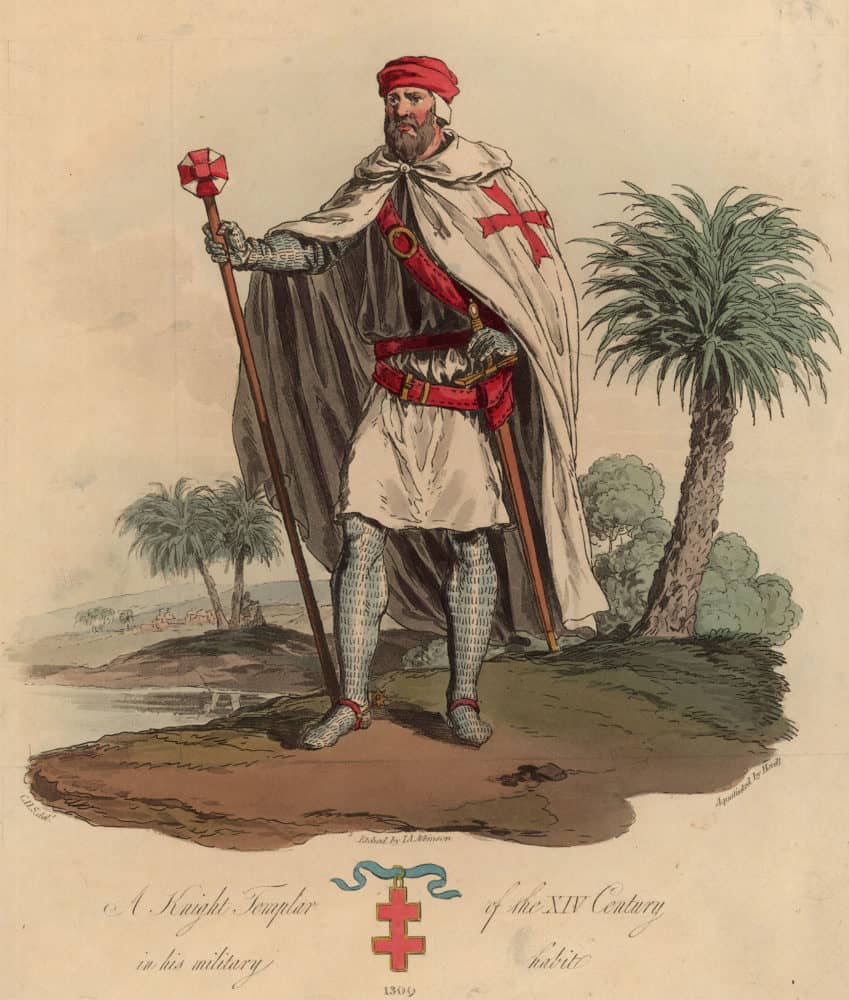
1309, A soldier wearing the uniform of a Brother Knight in the order of the Knights Templar. The double barred Cross of Lorrain underneath the figure links Godfrey of Bouillon, a founder member of the order, with the movement. (Photo by Hulton Archive/Getty Images)
More Posts
- World Music Oliver Nayoka
- Daily Roots Johnny Osbourne
- Cosmos V838
- Larry the Mole Taylor
- Gilberto Gil
- Reggie Workman
- David Grusin
- Big Bill Broonzy
- FREE UKRAINE Pikkardiyska Tertsiya
- Daily Roots Vivian Jackson
- Cosmos Hicksson 44
- Joe Chambers
- Clifton Chenier
- Johnny Smith
- World Music Ghetto Kumbé
- Daily Roots Junior Delgado
- Native Rights 2022
- Cosmos SH2-232, SH2-235, SH2-231, SH2-232 in Auriga
- Mick Fleetwood
- Derrick “Duckie” Simpson
